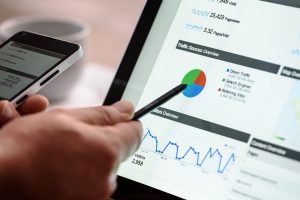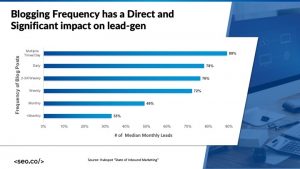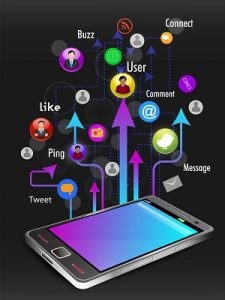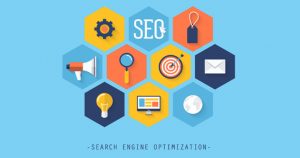The importance of predictive analytics in marketing continues to grow as brands try to get ahead (and stay ahead) of the customer.

Predictive analytics is the use of data and modeling to predict the likelihood of future outcomes based on the historical record. Machine learning algorithms can be used to analyze large quantities of data and predict outcomes at speed.
Predictive analytics can be used in almost any field, from climate change to sports. In marketing, they are typically used to predict things like customer behavior, propensity to convert, propensity to churn and campaign performance. The data analyzed can include website and app engagement, customer sentiment and social media activity, as well as contextual data like location and even weather.
Standard (or “descriptive”) analytics seeks to understand what has happened in the past, e.g. “How did our email campaign perform with a specific audience segment?” Predictive analytics uses past data to answer questions about the future, e.g. “How will this type of email campaign perform with this type of audience?”
Predictive analytics
Predictive analytics has a long history. Decades ago, computers were used to analyze weather data in order to make forecasts, for example. Financial institutions have long used signals like credit history to predict the security of loans.
Modern predictive analytics developed as computing power increased and it became possible to analyze ever-larger quantities of data. The availability of data exploded, of course, along with the internet, and the number of channels that are sources of data continues to grow.
The predictive analytics solutions market has grown steadily over the past 10 years.
Predictive models
There are many types of models used in predictive analytics. Here are some of the more common.
Classification models. This model puts data into categories determined by the user’s criteria. A basic tool, it can give yes/no answers on the likelihood of an event occurring (logistic regression). A more elaborate form can offer binary answers to a series of related queries (decision tree). More complex but popular with data scientists is a combination of several decision trees (random forest).
Clustering models. Clustering assigns data to categories based on data characteristics. Marketing-related examples might include demographics, sentiment or purchasing behavior. A simple example is using historic product interest among a group of customers to predict future product interest.
Outliers models. These models identify “outliers” in the data sample. This can be used to identify abnormal and perhaps problematic events or behaviors such as fraudulent credit card transactions, building a predictive model to identify similar events in the future.
Time series models. These models use data points from a historic time period to forecast the likelihood of events in a different time period. Another simple example: A railroad might analyze data about signal failures last year to predict signal failures this year.
Predictive analytics in marketing
Here are some common examples of the use of predictive analytics in marketing.
Predictive lead scoring. Data about past customer journeys and conversion rates can be used to predict the likelihood of a prospect converting (and the likely time to conversion).
Churn predictions. Similarly, data about customers that have previously churned can be used to estimate the propensity of current customers to churn.
Content and product recommendations. Rather than surfacing content a marketing team believes to be high quality, or products a marketing team wishes to boost, predictive analytics can be used to identify the content most likely to engage certain audience segments (or, at a sophisticated level, specific users) and products most likely to be of interest.
Predictive personalization. Beyond just content and product recommendations, predictive analytics can be used to forecast “next best actions” across the full range of the customer experience. Artificial intelligence plays a key role here because of the scale of the data to be analyzed and the obvious desirability of executing the next best action while it is still relevant.
Predictive analytics solutions
Many vendors offer predictive capabilities, often as part of more general marketing analytics and performance or attribution offerings. Software review site G2 identifies more than 200 of them. Here are some of the high profile solutions in the space:
Adobe Analytics. Part of Adobe Experience Cloud, this solution uses Adobe’s Sensei AI capabilities to deliver predictive insights across data in the various cloud applications.
Google Analytics 4. GA4 supports several predictive metrics including purchase probability, churn probability and revenue prediction. It also allows the creation of “predictive audiences” based on a predictive metric.
HubSpot. HubSpot’s main focus in on predictive lead scoring (see above) and predictive sales analytics.
Oracle Analytics. Oracle has proprietary predictive analytics models available in Oracle Database, Oracle Autonomous Data Warehouse, or Oracle Cloud Infrastructure.
Pega. Pega has made next-best-actions analytics central to its CRM offering, claiming to make “real-time decisioning” possible by predicting the next best stage of the customer journey.
Salesforce CRM Analytics. Formerly Tableau CRM, formerly Einstein Analytics, this is a set of tools that includes predictive analytics capabilities leveraging Salesforce’s Einstein AI.
The post What is predictive analytics? appeared first on MarTech.
(25)
Report Post







